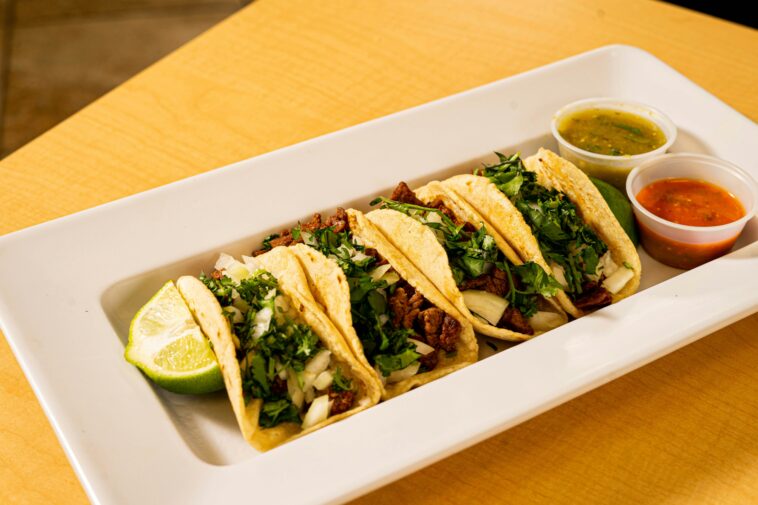Introduction:
In the sun-kissed landscapes of Spain, where vibrant cultures converge and the Mediterranean breeze carries the scent of adventure, there exists a culinary masterpiece that embodies the essence of Spanish gastronomy – paella. Join us on a culinary voyage as we unravel the layers of tradition, flavor, and cultural significance that make paella a beloved icon of Spanish cuisine, captivating hearts and palates around the world.
Origins and Cultural Tapestry:
The tale of paella unfolds amidst the fertile plains of Valencia, where rice cultivation flourished under Moorish influence in the 8th century. Born out of necessity, paella was a humble peasant dish, cooked over open flames in wide, shallow pans called “paelleras.” Its origins lie in the resourcefulness of Spanish farmers who combined rice with locally sourced ingredients – vegetables, meats, and seafood – to create a hearty meal that nourished both body and soul.
As Spain’s maritime trade expanded, so too did the palette of flavors and ingredients that found their way into paella. Arab spices, Moorish techniques, and Mediterranean influences blended seamlessly to create a dish that celebrated the bounty of the land and sea while reflecting the diverse cultural tapestry of Spain’s history.
Ingredients and Flavor Symphony:
At the core of every paella lies a harmonious symphony of flavors and textures that dance upon the palate, evoking the spirit of Spain’s vibrant landscapes. Saffron, the crown jewel of Spanish cuisine, lends its golden hue and delicate aroma to the dish, infusing the rice with a subtle yet unmistakable essence. Alongside saffron-infused rice, a medley of vegetables – tomatoes, peppers, artichokes – adds depth and color to the dish, while proteins such as chicken, rabbit, and seafood contribute their own unique flavors.
Cooking Techniques and Tradition:
Preparing paella is an art form that requires patience, skill, and a deep respect for tradition. The cooking process begins with a sofrito – a fragrant mixture of onions, garlic, and tomatoes – which forms the flavorful base for the dish. The rice is then added and allowed to absorb the rich flavors of the sofrito before being simmered to perfection in a savory broth infused with saffron and spices.
Central to the paella experience is the creation of the socarrat – a caramelized crust that forms on the bottom of the pan, adding a depth of flavor and textural contrast to the dish. Spaniards regard the socarrat as a sign of a well-made paella, a testament to the culinary skill and expertise of the chef.
Cultural Significance and Global Appeal:
Beyond its culinary merits, paella holds a special place in the hearts of the Spanish people, serving as a symbol of community, celebration, and shared heritage. Whether enjoyed at a lively fiesta, a family gathering, or a romantic dinner for two, paella brings people together, fostering connections that transcend language and culture.
In recent years, paella has transcended its Spanish roots to become a global sensation, beloved by food enthusiasts around the world. From bustling street markets in Barcelona to fine dining restaurants in Paris, the allure of paella knows no bounds, inspiring chefs and home cooks alike to recreate the magic of this timeless dish in their own kitchens.
Conclusion:
In a world filled with fleeting food trends and passing fads, paella stands as a timeless testament to the enduring power of tradition, taste, and togetherness. With its rich history, vibrant flavors, and cultural significance, paella embodies the very essence of Spanish gastronomy – a celebration of life, love, and the shared joy of gathering around the table with loved ones. So, whether you find yourself on the shores of Valencia or in the heart of a bustling metropolis, take a moment to savor the magic of paella and experience the true essence of Spain’s culinary heritage.

